List of Purple Minerals
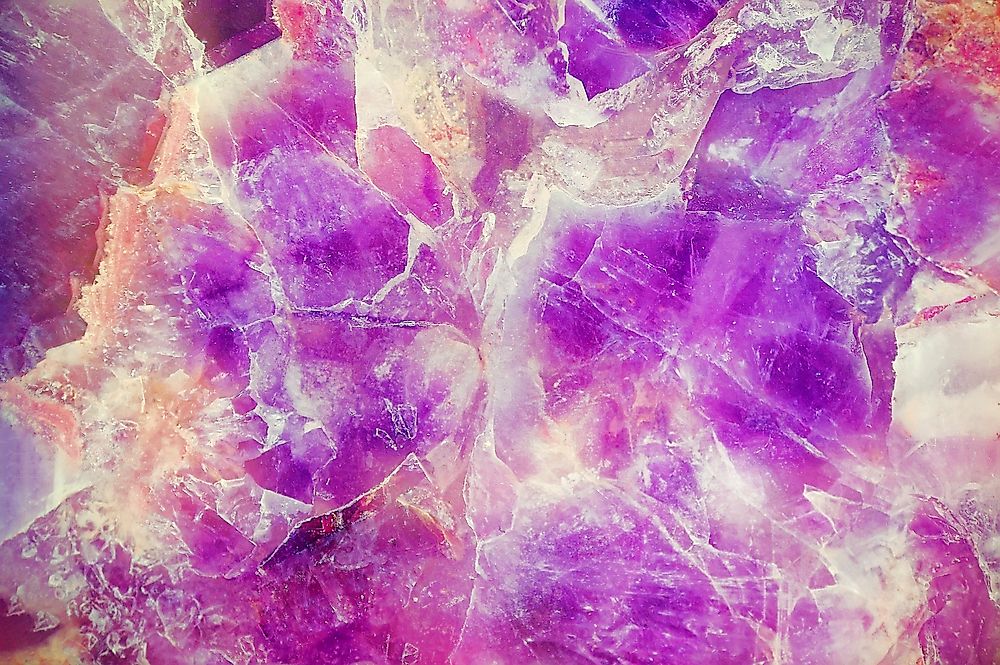
Purple mineral crystals, known as gemstones or jewels, have existed since ancient times, but tend to be less common than other colors. Purple gemstones are often associated with wealth, power, nobility, and royalty. Examples of purple minerals are listed below.
7. Purple Quartz
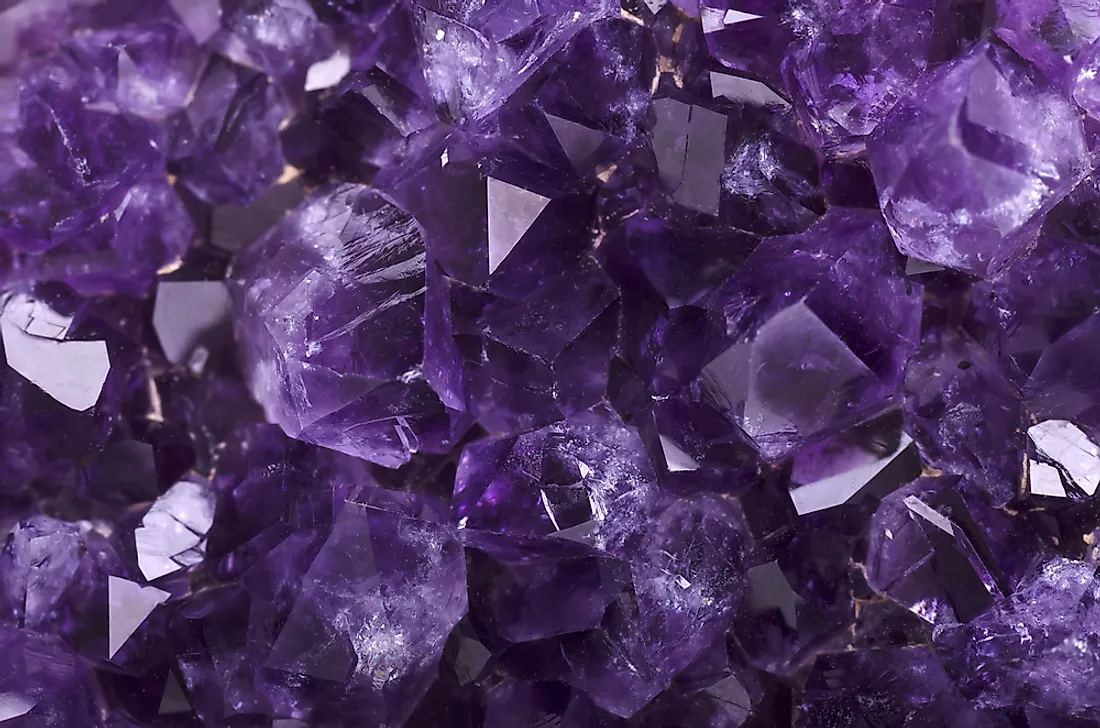
Quartz is a hard crystalline mineral composed of oxygen and silicon atoms. Although it is one of the most abundant minerals in the Earth's continental crust, purple quartz is extremely rare and expensive, especially if the gemstone is vivid and saturated in color. Purple quartz is sought after by gem collectors and enthusiasts with a taste for exclusive jewelry.
6. Purple Garnet
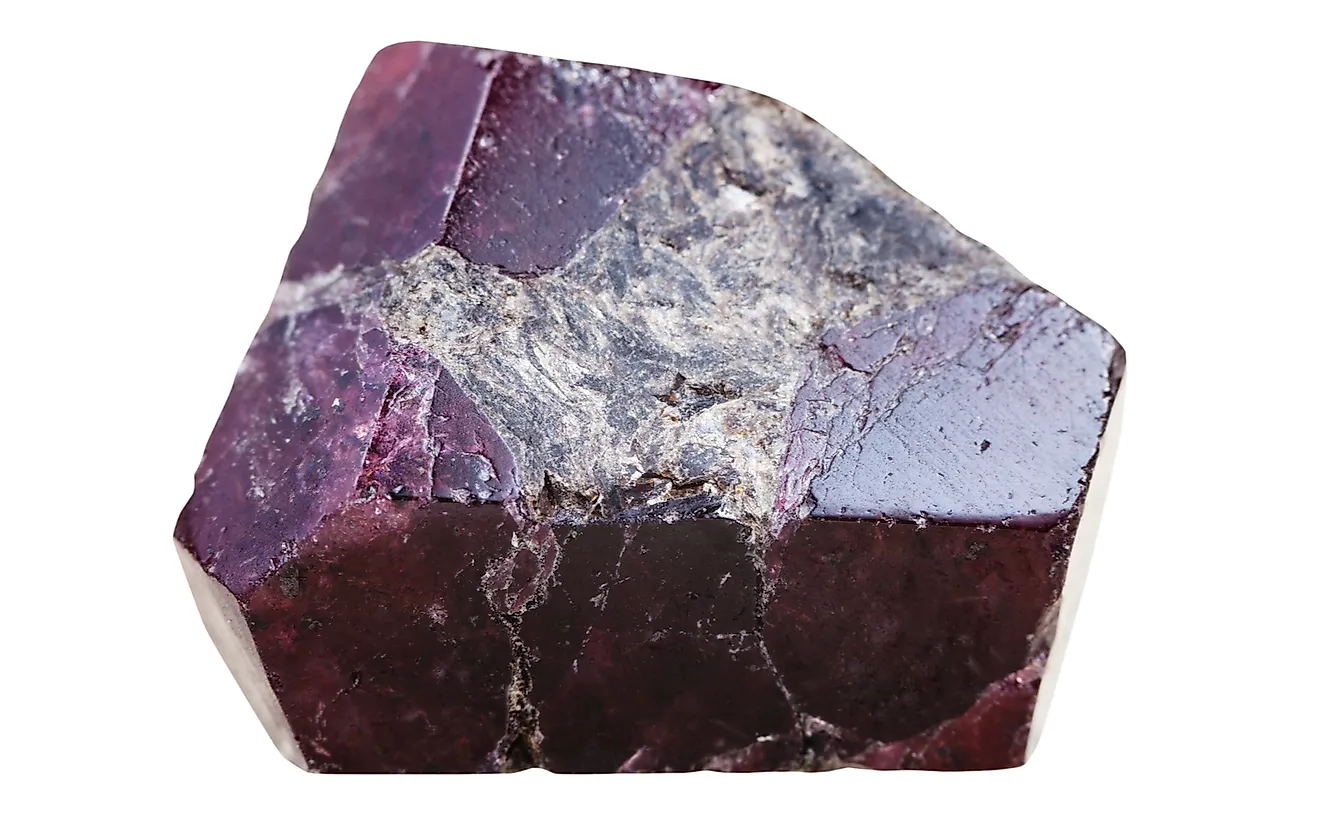
Purple garnet is the rarest of the garnet gemstones, and can be found only found in the East African country of Mozambique. The purple garnet, which was discovered in 2016, is predominantly purple, although some examples also contain red or pink hues. Despite its scarcity, the purple garnet is not expensive, and is commonly sold over the internet in jewelry.
5. Amethyst
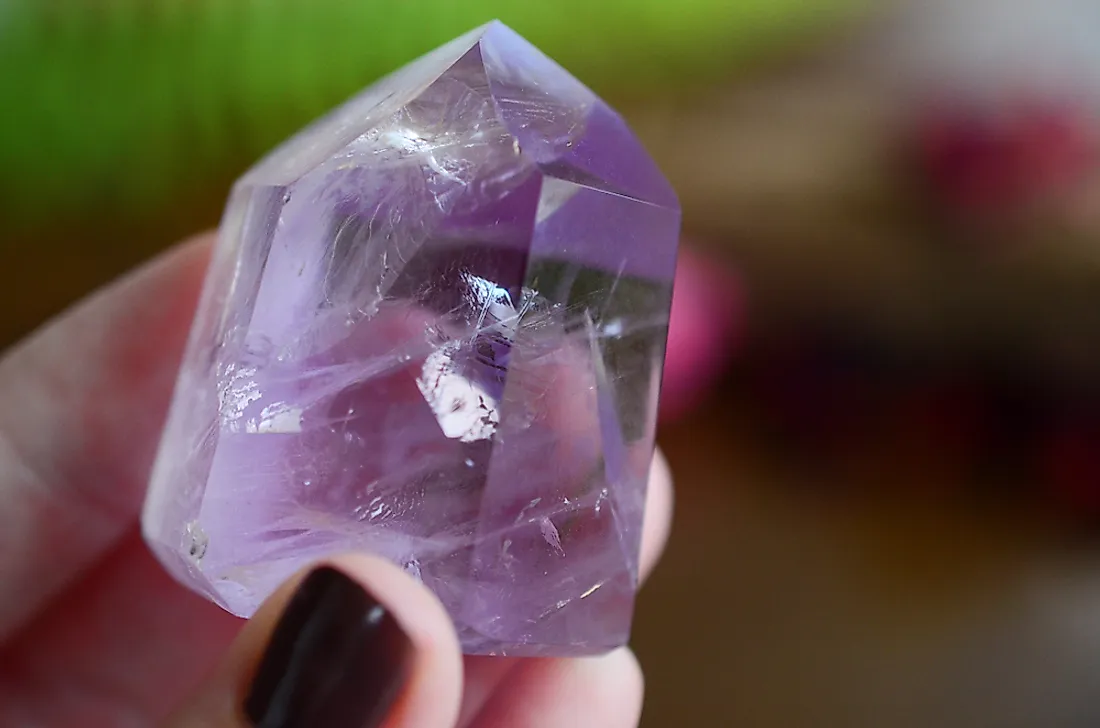
Amethyst is the most popular purple gemstone, and was historically considered a cardinal gem on par with sapphire, ruby, emerald, and diamond. However, a large deposit of amethyst was discovered in Brazil, causing its value to drop significantly, and making it more affordable to a broader group of buyers. Amethysts are available in various shades of purple, but those with the deepest purple hue are the most desirable and valuable. The mineral is hard and durable, but requires occasional care to maintain its color and luster. In particular, an amethyst can fade when exposed to direct sunlight for extended periods, but the mineral can keep its color if well maintained.
4. Imperial Topaz
Imperial topaz is the rarest variety of topaz, and is characterized by purple, orange, pink, or champagne hues. The mineral is composed of aluminum and hydroxyl-fluoride silicate, which is the hardest of the silicates, and can be mined in Russia and Brazil. The value and price of the gemstone depends on its quality and size. Naturally-occurring imperial topaz is expensive, but those colored by irradiation are affordable.
3. Derbyshire Blue John
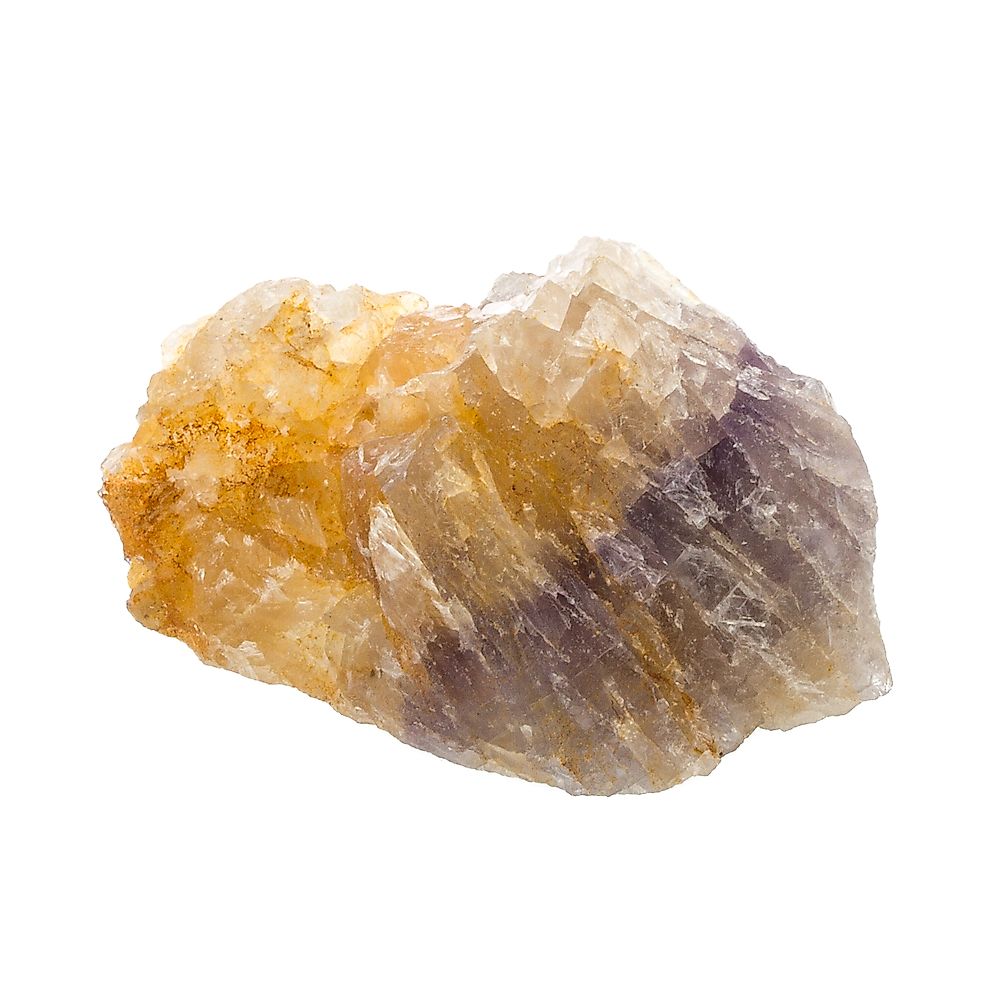
The Derbyshire Blue John is a precious gemstone and is one of the rarest minerals in Britain. It is characterized by distinctive bands of blue, purple, and yellow, which make each piece unique. Most of the Blue John mines in the English county of Derbyshire have been exhausted, except for a few small mineral veins. This rarity makes the Blue John more valuable, and it is popular among the wealthy class due to its unique crystal structure and colored threads.
2. Tanzanite
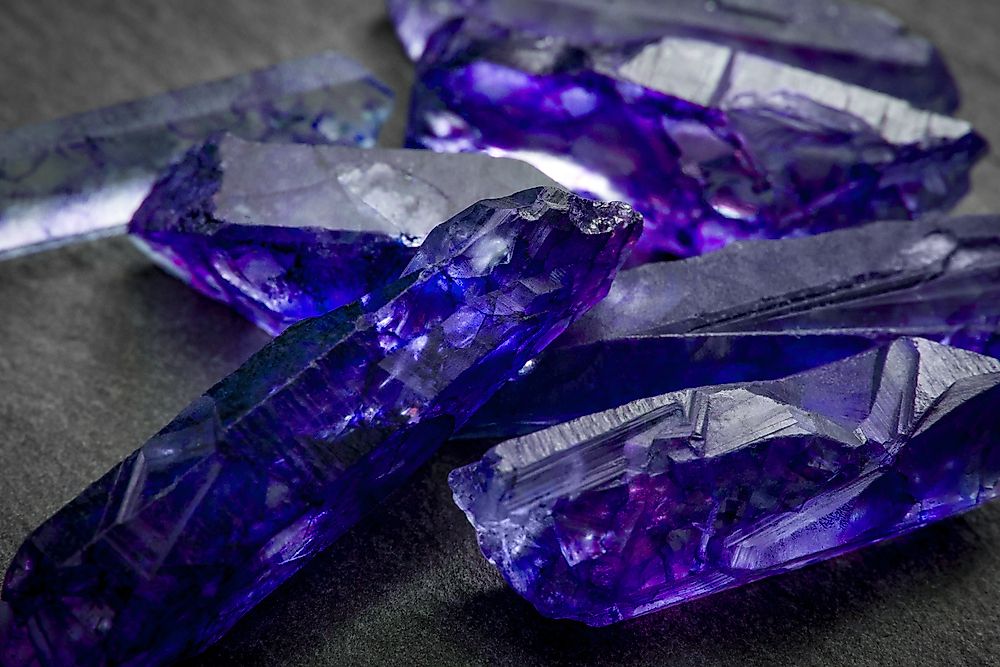
Tanzanite is a variety of the mineral zoisite, and can be distinguished from other forms of zoisite because it contains small amounts of the chemical vanadium. The mineral is found in a small area of Tanzania, near the Mererani Hills. Tanzanite is famous for its strong trichroism and can appear blue, burgundy, or purple, depending on the orientation of the crystals. It can also produce other shades when viewed under different types of light. Tanzanite is reddish-brown in its rough state, and requires heat to bring out the purple and blue hues. The mineral was named after Tanzania, where the mineral was discovered, .
1. Purple Sapphire
Most sapphires are blue, but are considered less attractive and rare as purple sapphires. The purple color occurs due to traces of chromium present during formation. Most people are unable to differentiate between purple sapphires and amethysts, but sapphires are harder and more durable, and are therefore more resistant to chipping and breaking. Purple sapphires have an excellent natural color and do not require artificial treatment, such as heating. They are also an excellent choice for jewelry due to their durability and brilliance.











